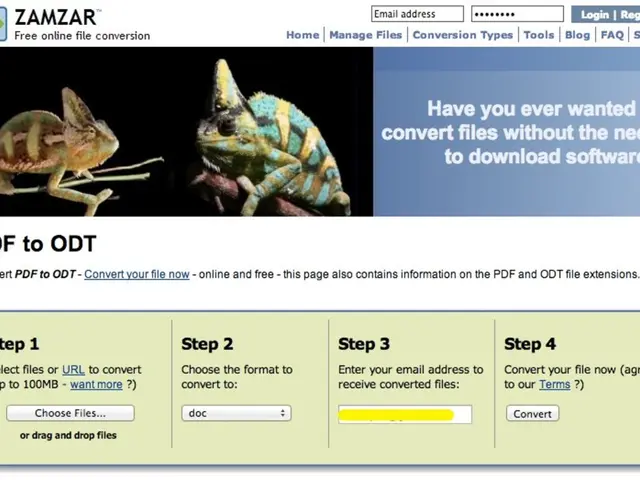Strategies to Arrangement and Settlement of Financial Obligations
Debt got you feeling overwhelmed? Here's a simple guide to help you take control and get that balance sorted out.
Know Your Debt
First things first, gather all your financial statements and make a master list of each debt—creditor name, balance, interest rate, minimum payment, and due date. Don't forget to check your credit reports to ensure you haven't missed any debts, and keep this info in an easy-to-access place, like a spreadsheet, notebook, or budgeting app.
Interest Rates Matter
Next up, list out your debts by their interest rates. If you can't recall them off the top of your head, log into your accounts to find the interest rate for every balance you carry. By knowing this crucial information, you can strategize your payoff plan effectively.
Pick Your Payoff Strategy
Once you've got your interest rates in check, it's time to choose a payoff method. The Avalanche Method tackles high-interest debt first, saving you money in the long run, as it allows you to pay less interest overall. The Snowball Method, on the other hand, focuses on paying off debts in order of smallest balance to largest. This method can give a much-needed psychological boost by crossing debts off your list one by one.
Stick to the Plan
Even if you can only make minimum payments for now, ensure you pay every bill on time. Missing a due date could result in fees and higher interest rates, slowing down your debt-free journey. Automate your payments to minimize the risk of missed payments, and adjust the amounts as needed.
Consolidate or Transfer
If you're struggling to make more than the minimum payment, consider consolidating your debt or transferring your balance to a lower-interest credit card. Just be sure to check for balance transfer fees and the length of the zero-interest promotion period.
Say Goodbye to Rewards
Forget about maximizing rewards for now—focus on paying off your debt instead. If you have rewards cards, convert your balance to statement credit to help reduce it faster. If you have annual fees for your cards, now's not the time to worry about reward optimization.
Seek Help When Needed
If you're having a hard time making your monthly payments due to financial difficulties like job loss, reach out to your creditors for assistance. They may offer customer assistance programs or be able to defer your payments for a few months while you get back on track.
Prepare for Setbacks
Life is unpredictable, so it's important to be prepared for any challenges that come your way. Know which bills can be reduced temporarily if finances get tight, and have contact information ready for creditors if you need to request hardship accommodations. Review and adjust your plan quarterly to stay on track.
Managing your debt isn't a one-time event, but an ongoing process that supports your financial goals. Follow these steps to build momentum and say goodbye to debt for good.
Additional Tips:
- Prioritize by Interest Rates: Pay off debts with the highest interest rates first to save on overall interest.
- Commit to a Strategy: Use the Avalanche Method for efficiency or the Snowball Method for motivation, or mix them up for a balanced approach.
- Consider Consolidation: Combine multiple debts into one, lower-interest payment to simplify finances and potentially reduce interest.
- Budget and Track: Create a budget that accounts for all expenses and debt payments. Use apps to automate tracking and payments.
- Negotiate: Sometimes, creditors will lower interest rates or extend payment terms upon request.
- Build a Cash Reserve: Having savings on hand can help avoid new debt when unexpected expenses arise.
- To effectively manage your debt and get that balance sorted out, it's essential to know your debt by gathering all financial statements and creating a master list of each debt, including creditor name, balance, interest rate, minimum payment, and due date.
- When you have your debts' information at hand, list them out by their interest rates to strategize an efficient payoff plan, either with the Avalanche Method, which targets high-interest debt first, or the Snowball Method, which focuses on paying off debts in order of smallest balance to largest.
- Once you've chosen your payoff strategy, stick to it diligently, ensuring you pay every bill on time, even if only making the minimum payments. Automate your payments and adjust amounts as needed to minimize the risk of missed payments.
- If managing multiple debts becomes overwhelming, consider consolidating or transferring your balances to lower-interest options, keeping in mind balance transfer fees and the length of the zero-interest promotion period.
- When it comes to credit cards, prioritize debt repayment over reward optimization. If needed, convert your rewards card balances to statement credit or hold off on annual fees to help reduce your debt faster.









